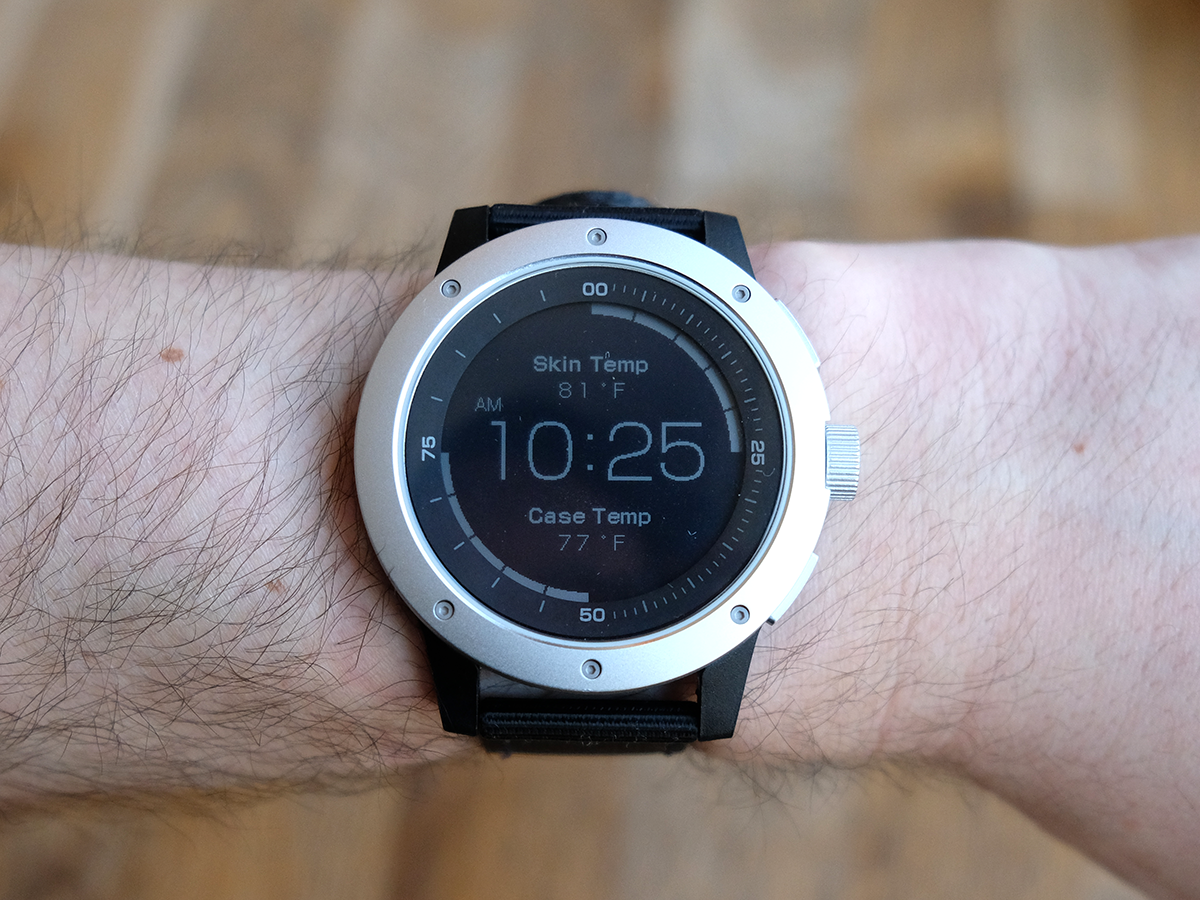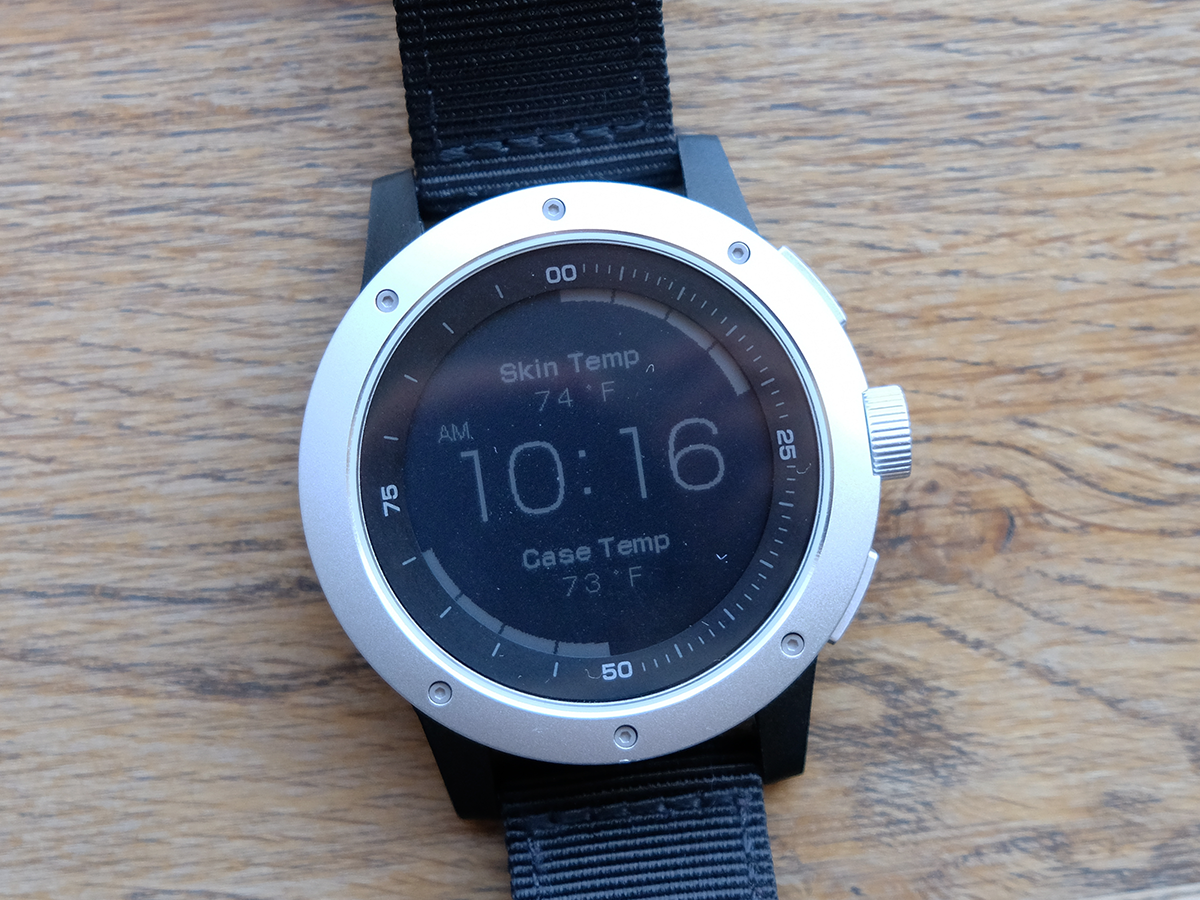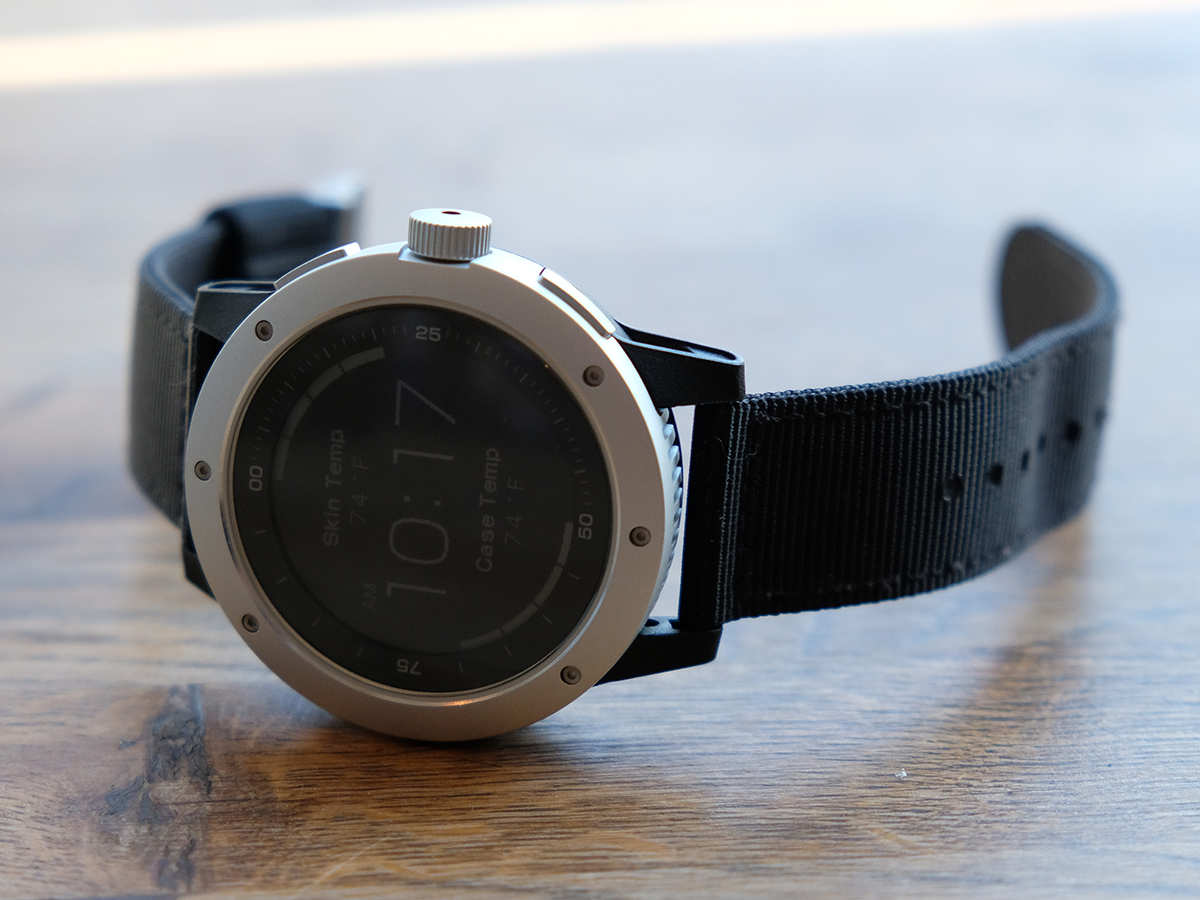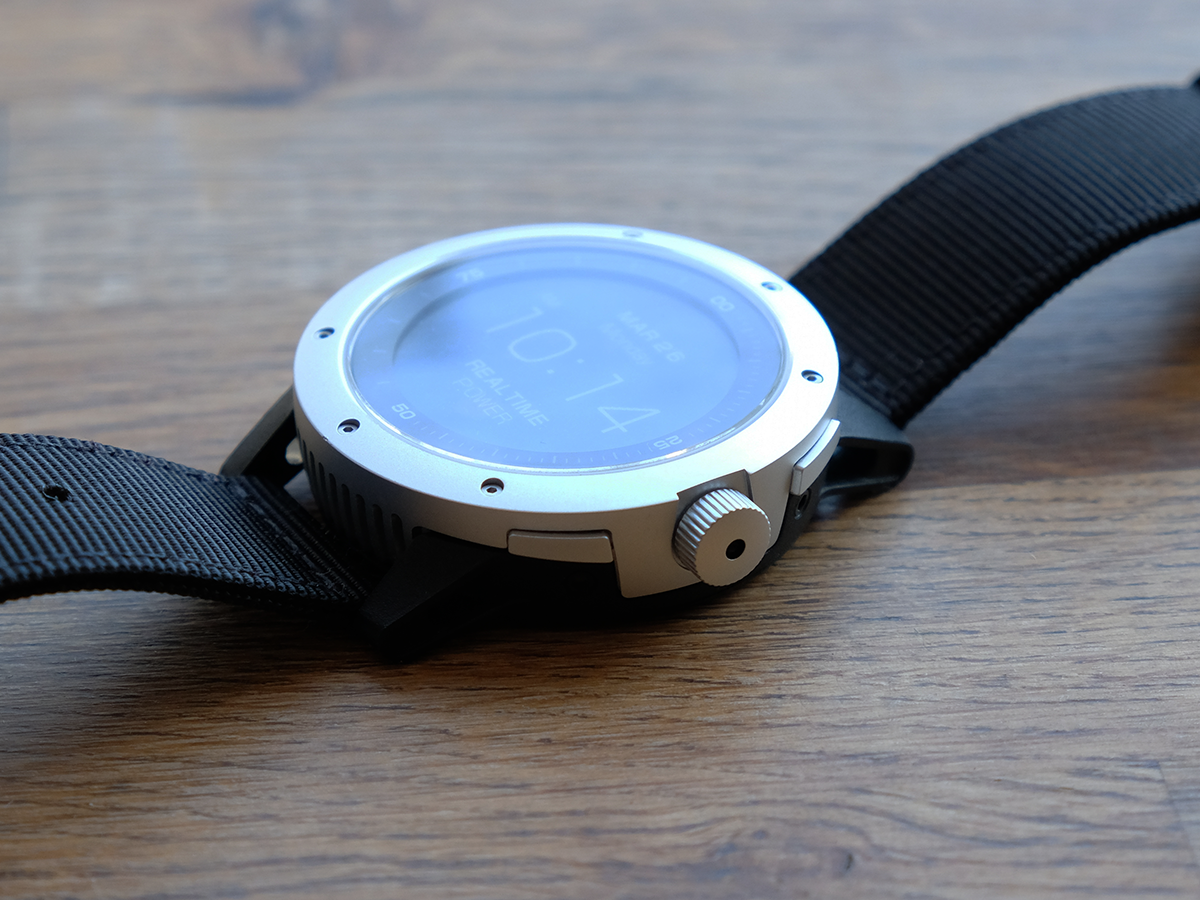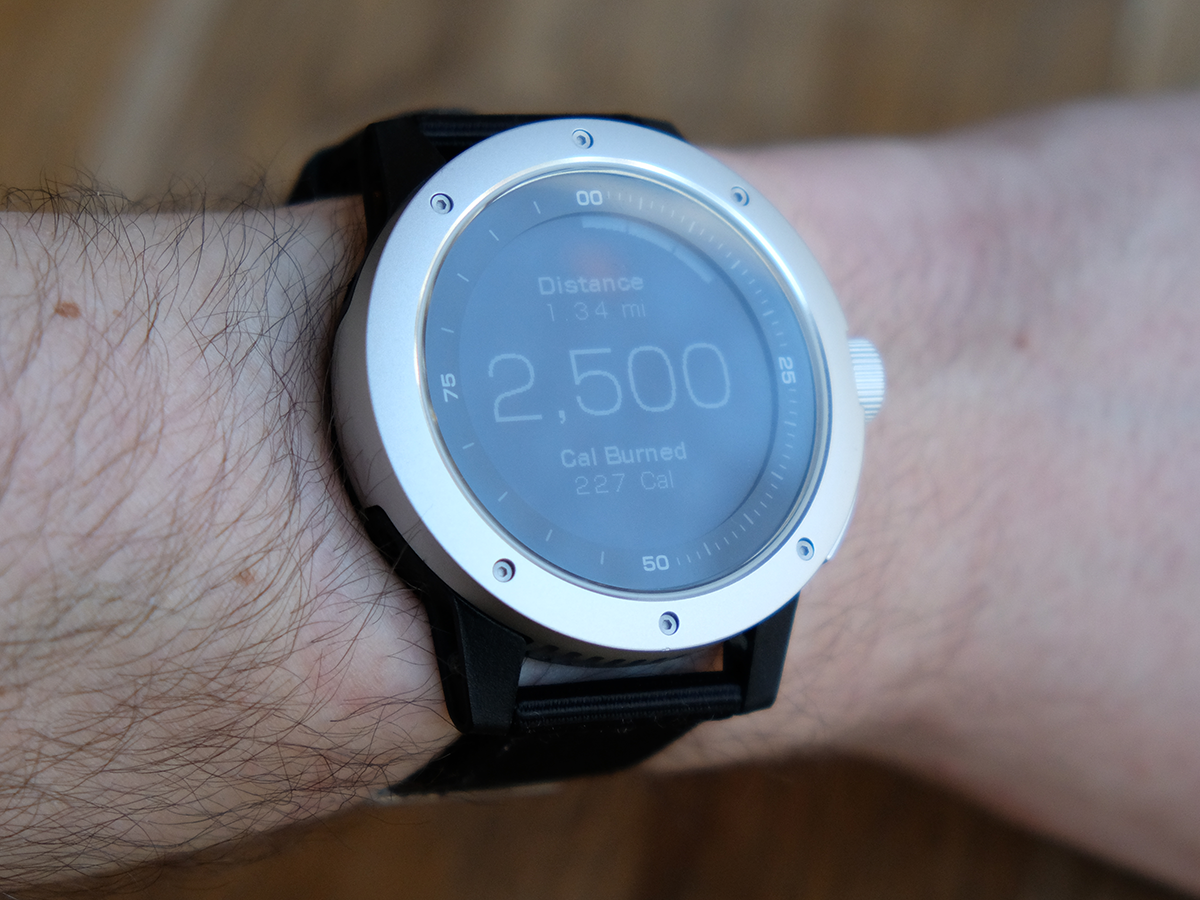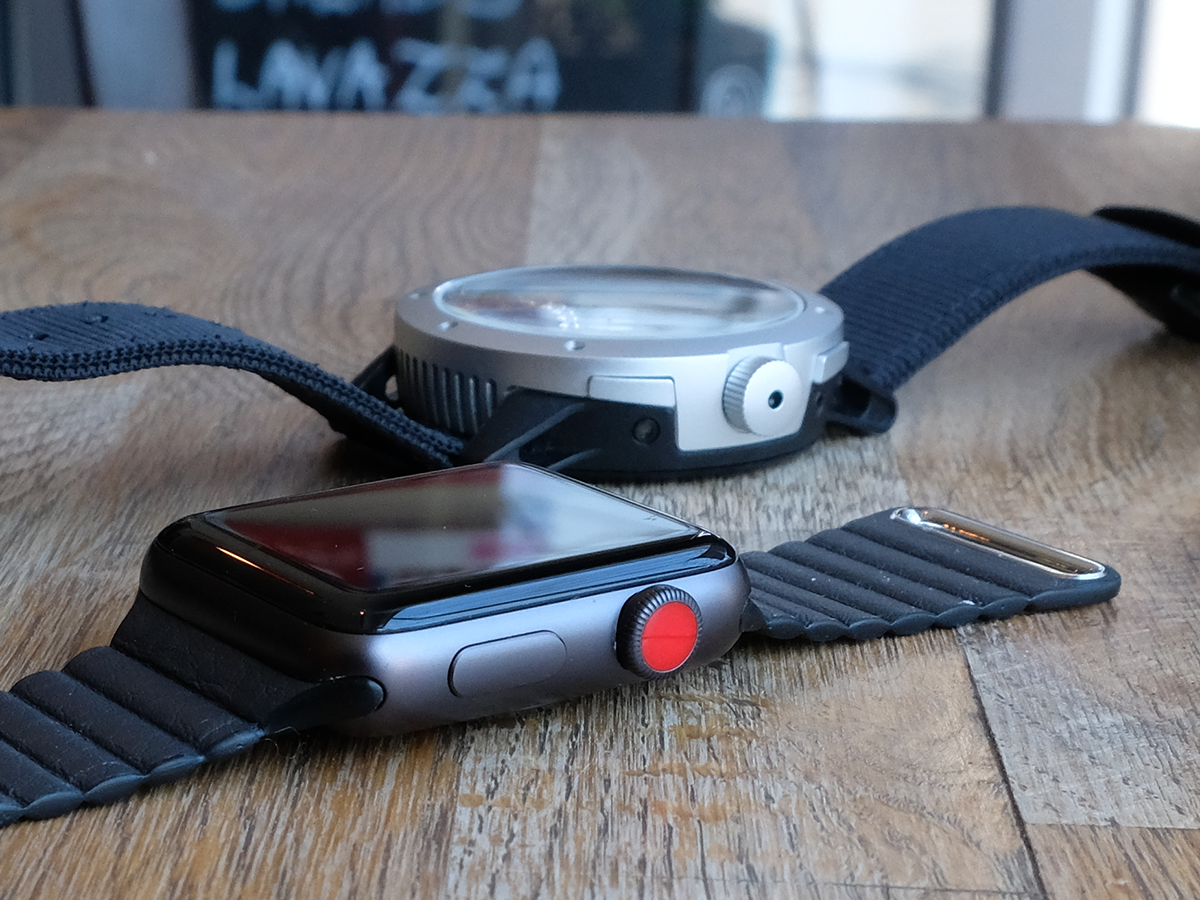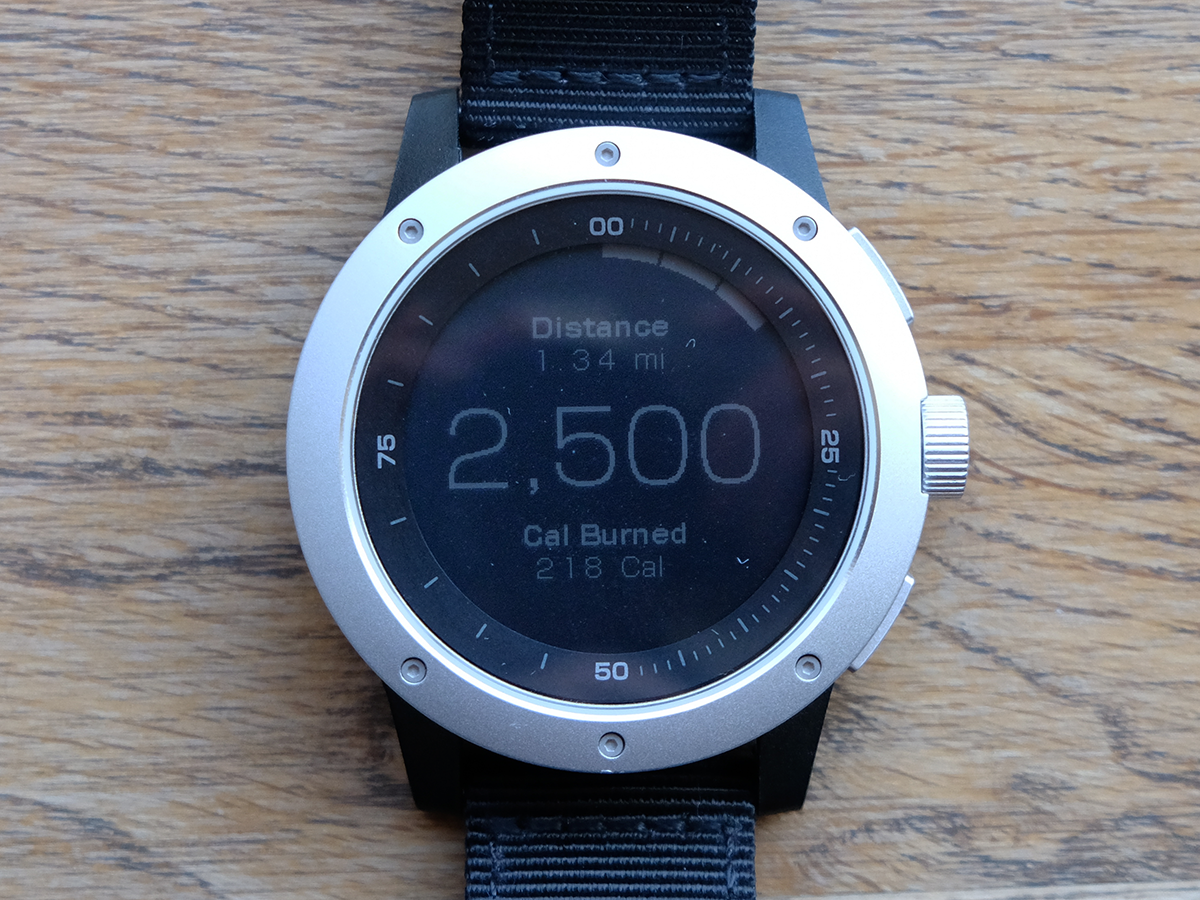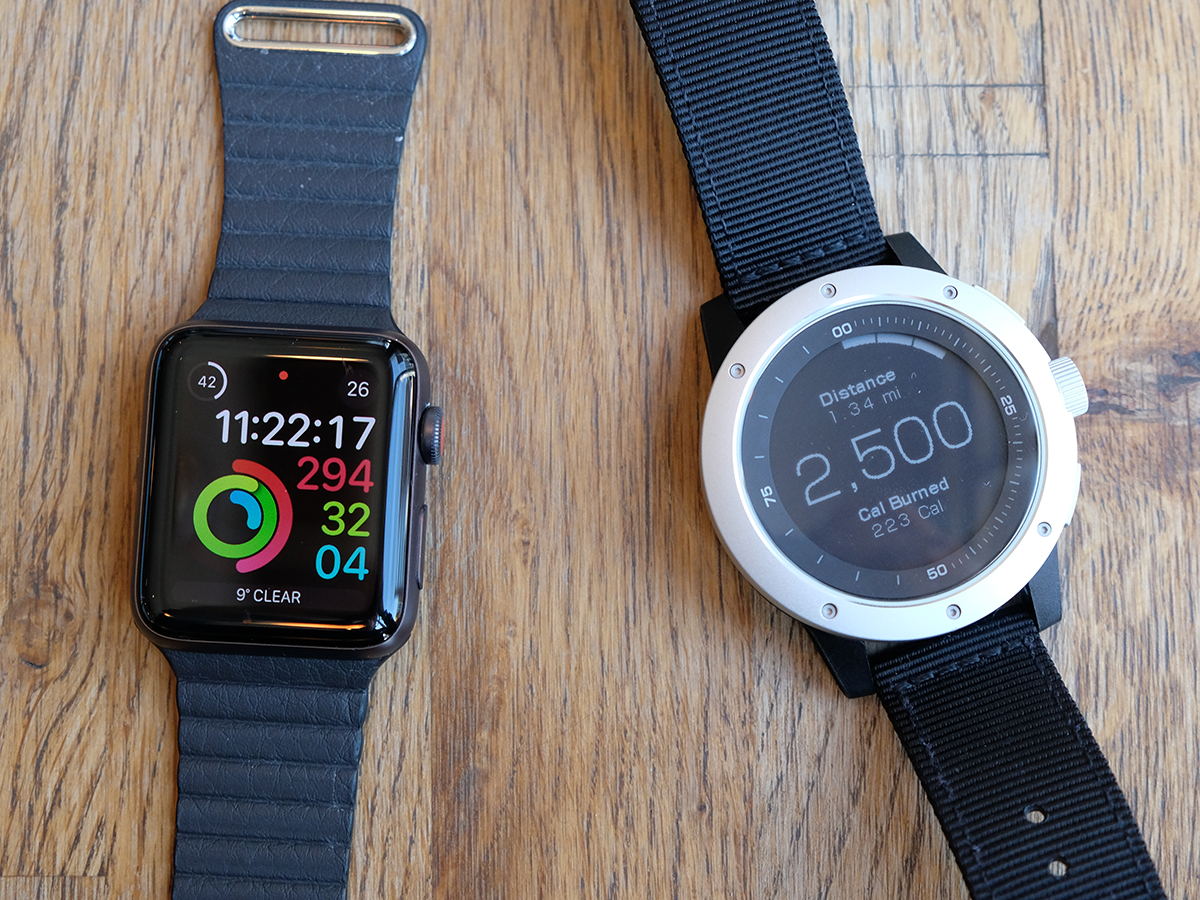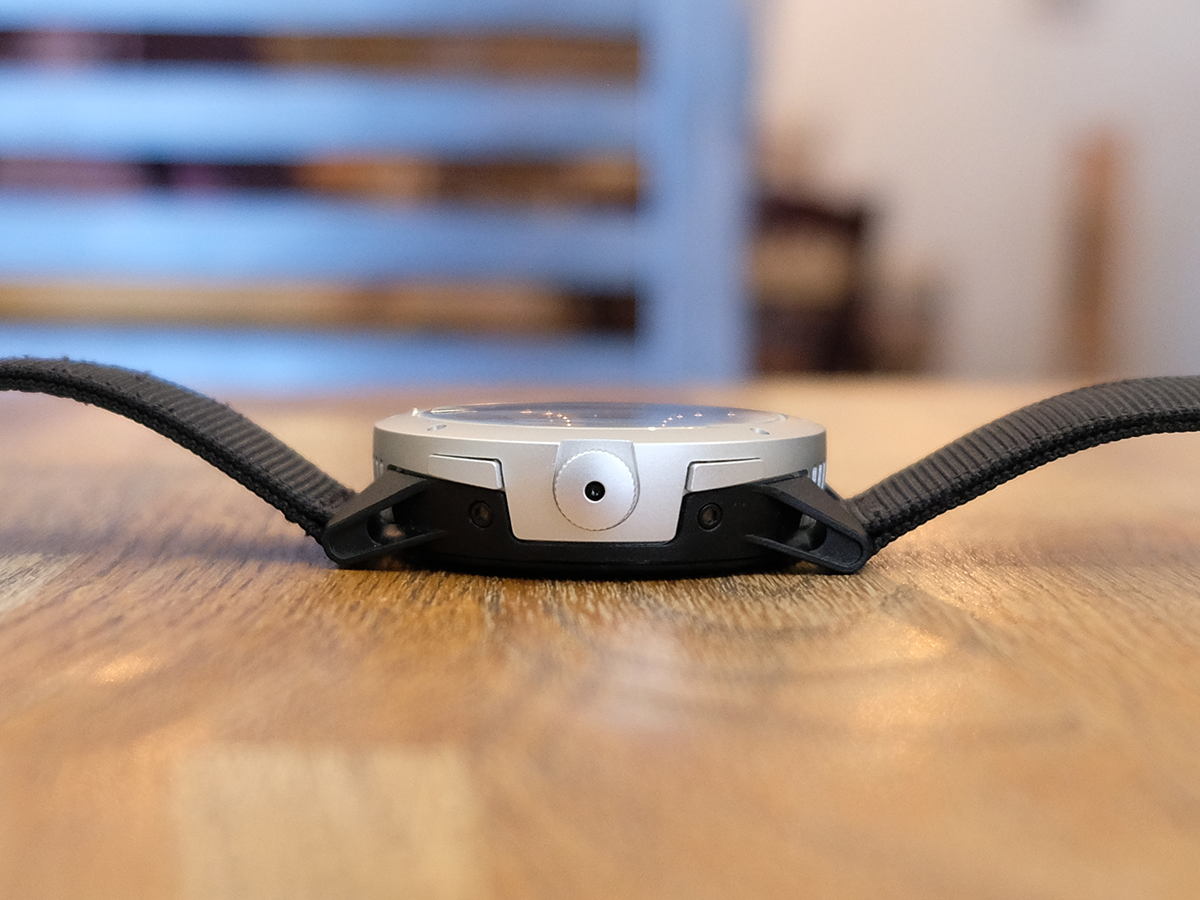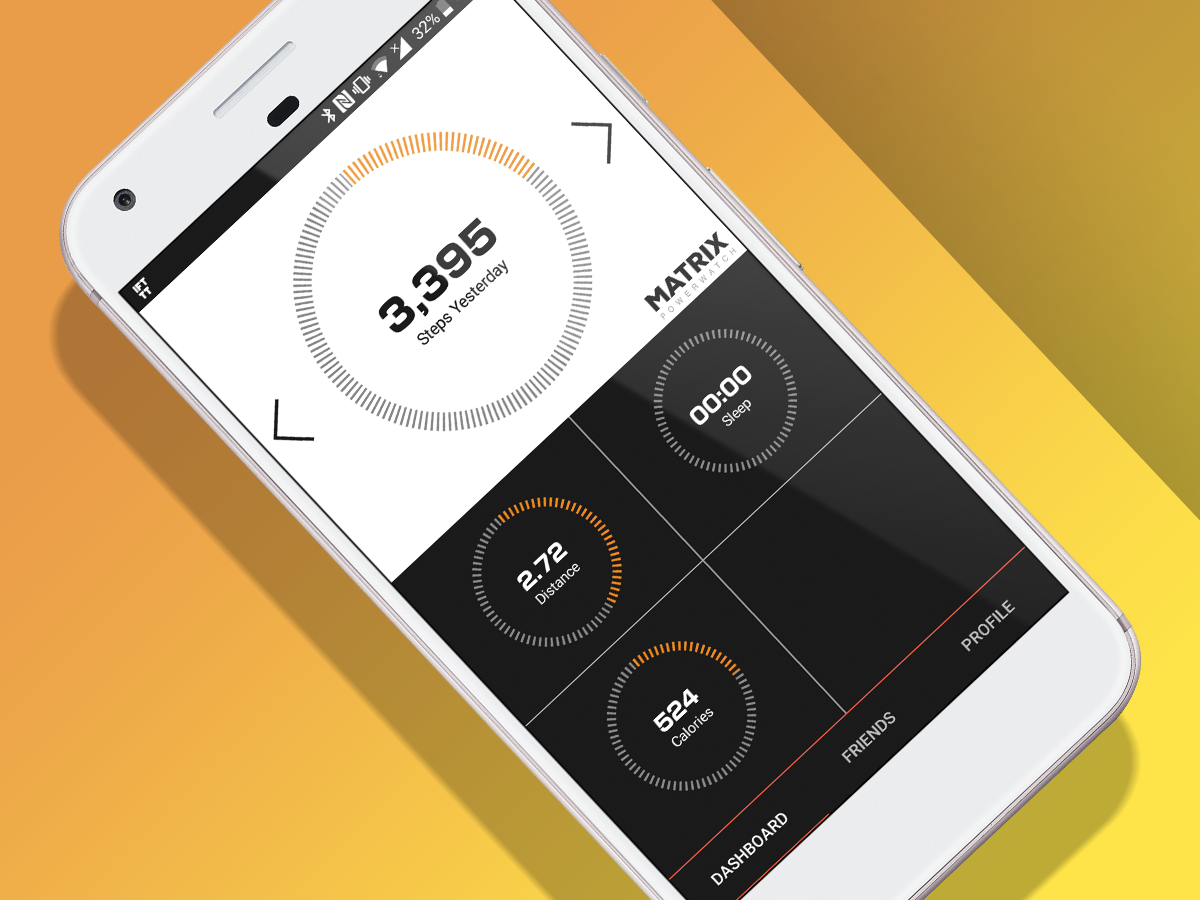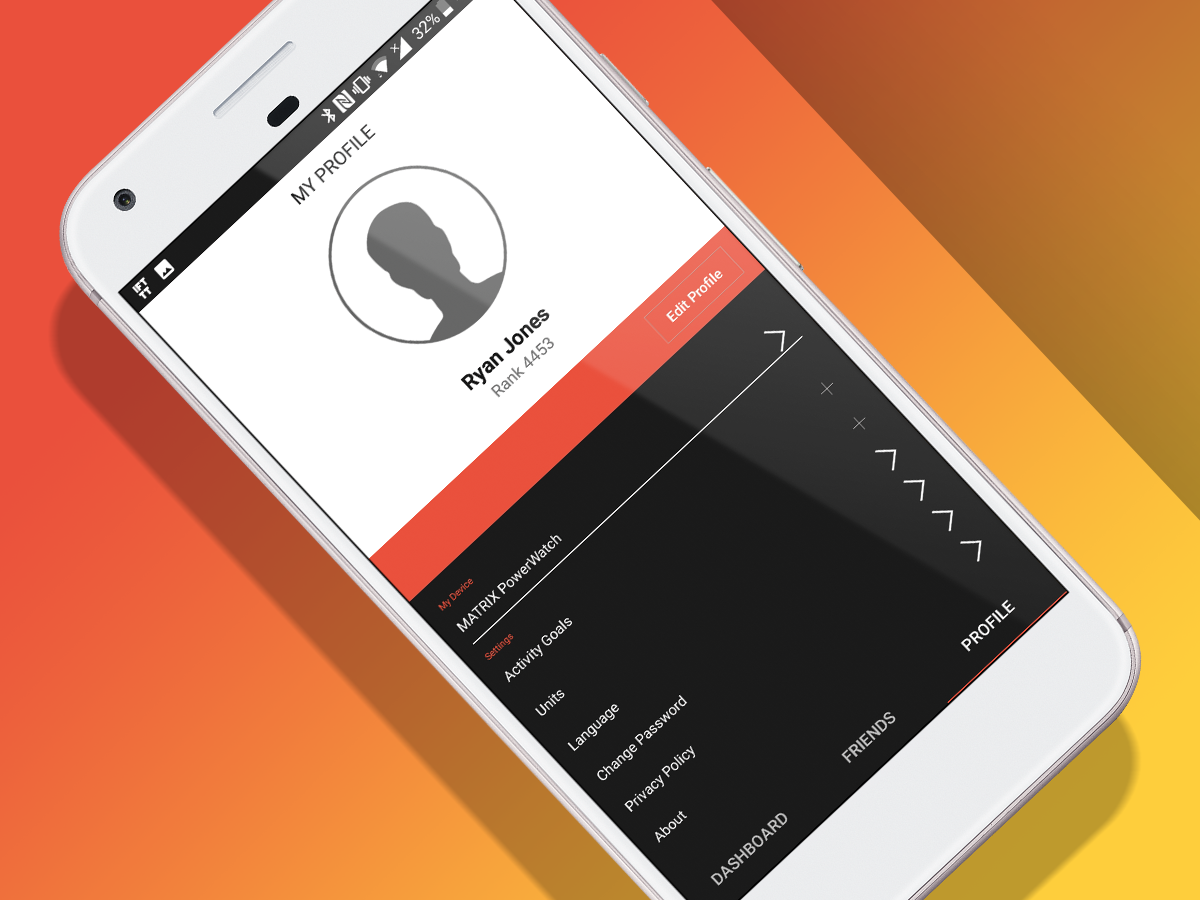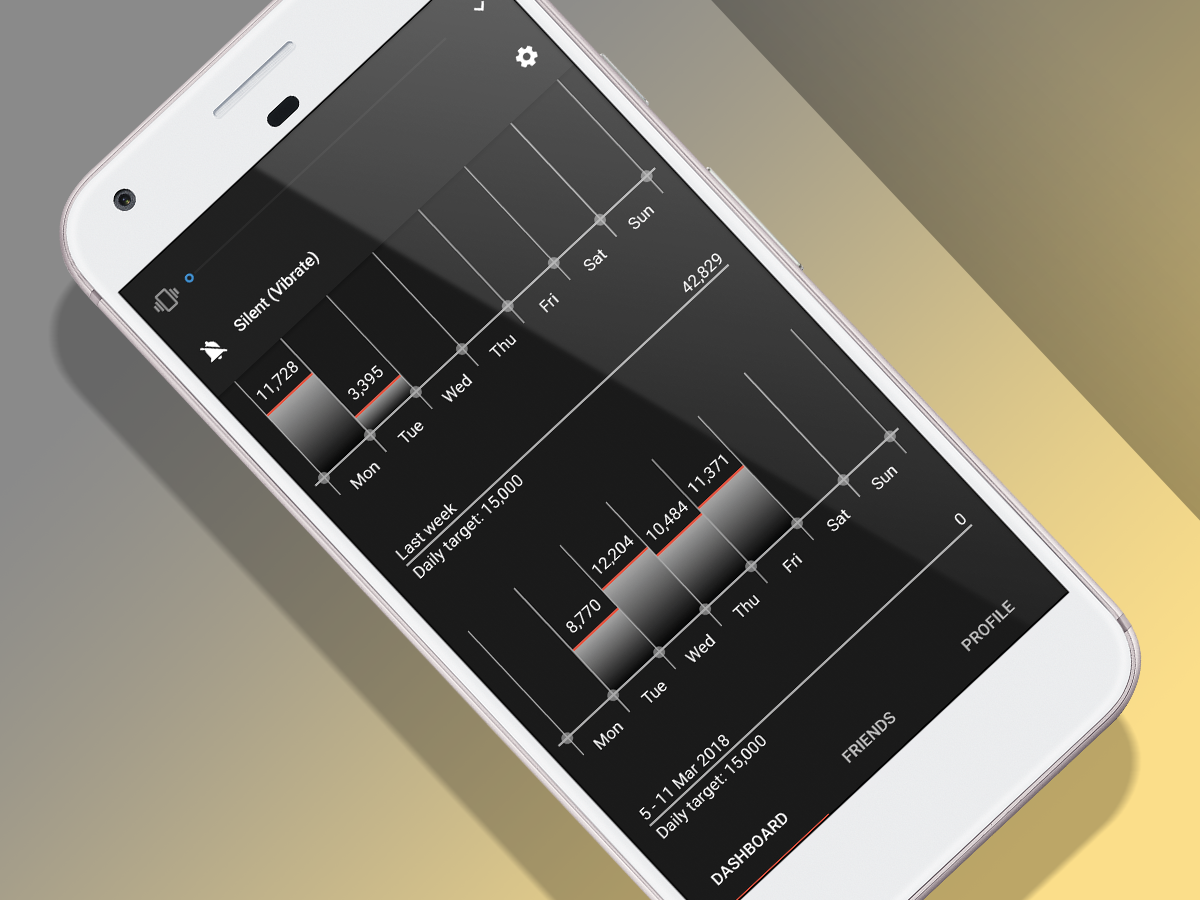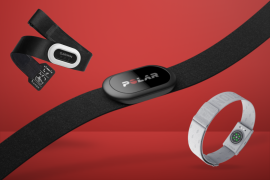Matrix PowerWatch review
It's charged by your body heat, but the PowerWatch doesn't have us burning up with excitement...
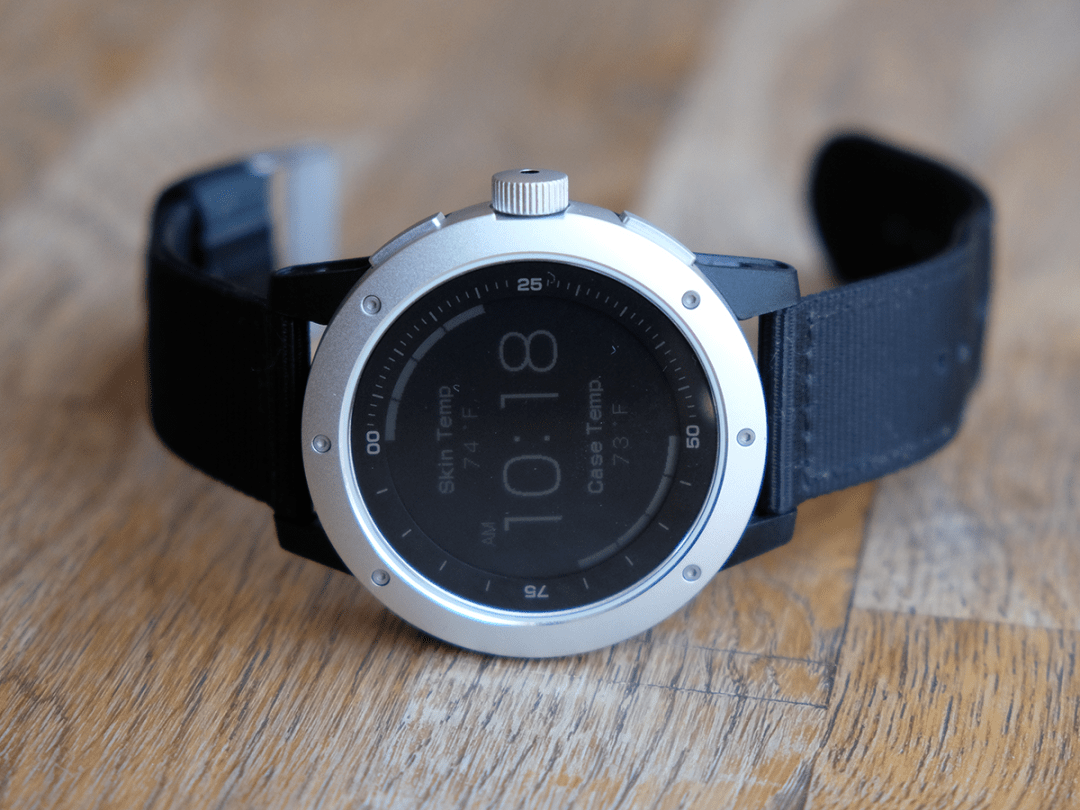
You’re supposed to wear your fitness tracker 24/7.
Take it off, and you’ll miss out on precious data, whether it’s your step count, number of calories burnt or an analysis of how well you slept last night. It’s a good job, then, that there’s no reason why you should unstrap your tracker. Well, until it runs out of juice…
With the Matrix PowerWatch that isn’t an issue. You see, rather than needing to be plugged into the mains for a refill it’s powered by your body heat instead. No, seriously. It uses thermoelectric tech to fuel the watch, so you can focus on building your step count without fear of a battery blackout.
So sure, to have a fitness tracker with a never-ending battery life is pretty impressive, but with all the sacrifices made to keep this ticker (relatively) affordable, this may just be a great concept rather than a worthy wrist companion.
Battery life: Infinite power
After unboxing the PowerWatch you’ll notice something’s missing: the charger. Matrix is so confident that the watch can survive off just your body heat that it hasn’t bothered to include it.
Matrix’s faith seems well-placed though, as after three weeks of having the watch wrapped around my wrist, it’s never once threatened to conk out. If you do have the skin temperature of a vampire, though, the watch will let you know. Bars run around the circumference of the homescreen alerting you to how much heat you’re generating.
What should you do if your body-heat buffet is a little on the lowside? First of all, avoid garlic. Secondly, the instruction manual suggests it works best in cool conditions and when you’re active. So a winter-morning jog is the equivalent of necking a red bull for the PowerWatch, while sunbathing in the Bahamas could possibly send it into a coma. Don’t worry though, start moving and the watch will eventually spring back to life.
Design: The Incredible Bulk
Subtle and sleek. Those are the lust-worthy keywords when it comes to the design of fitness trackers. That’s not the case with the PowerWatch though. It’s anything but.
At 12.5mm thick it’s a few millimetres chunkier than most trackers. It’s really noticeable too. There’s been a number of occasions when it’s been caught on my coat sleeve. And with its huge silver bezels there’s no chance you can grab a coffee with a friend without it becoming the topic of conversation – and not in a good way.
I understand why the case is so big – it needs sizeable surface contact for the thermoelectric tech to work – but that doesn’t make it any less uncomfortable to wear. The noticeably itchy nylon strap doesn’t help things either. Admittedly, I got used to both of these discomforts within a couple of days, but it’s still not a good introduction for a supposed 24/7 companion.
Then there’s the 1.2in 240×240 display. You won’t find any infographics or colour here, just white text and numbers on a back background. Again, I get it. Cutting costs and all.
What’s more unforgivable is how dark the screen is. Once the sun goes down you’ll be squinting to see the time. The instructions suggest you can toggle on a backlight by holding the top-right button down for two seconds, but it doesn’t seem to want to work for me. To that end, you’re either going to have to eat more carrots or carry around a torch if you ever want a time update after dark.
Features: Play dumb
At $199, you’re likely expecting an arsenal of fitness features. Well, I can tell you that the long list of things that this watch can track includes steps, calories, sleep and… no wait, that’s it.
There’s no heart-rate sensor to be seen nor is there GPS so you best not get lost. For around a third of the price you can get the Amazfit Bip which has both of these features and plenty more on top. Sure, the Bip only has five days of battery life compared to the PowerWatch’s infinite offering, but charging it once a week really isn’t such a hassle when you get so many features in return.
Matrix may call its ticker a smartwatch, but in truth even Joey Essex has more brains than the PowerWatch. There’s no notifications, no on-board storage for music and absolutely no third-party apps.
OK, enough of what’s missing. What does it actually have? A stopwatch and a ‘running mode’, which is essentially just a timer that also measures distance travelled. Oh, and let’s not forget its unique skill of being able to measure your skin temperature – a really handy trait for those of you that are cold-blooded.
The PowerWatch is at least water resistant up to 50m, so it can stay strapped on during the shower. We’re not lying when we say there’s no reason to take the thing off your wrist during any normal-day routine.
Performance: Dial a complaint
One of the greatest compliments you can give a fitness tracker’s interface is ‘simple’ and that is certainly true of the PowerWatch. There are only five sections to deal with, which include the homescreen, Daily Activity, Running Mode, Stop Watch and Watch Settings.
Unfortunately, navigating through the watch can be a frustrating experience. You have to repeatedly press the clunky and sometimes unresponsive top-right button to switch between pages. And then to scroll through the settings or the onscreen data you’ll need to spin the crown. But you have to turn it exactly a quarter-way , otherwise it won’t register your input or will jump too far ahead. It’s like trying to fine-tune a radio, just with less satisfying results.
On the plus side, it seems to communicate with my smartphone no issue. Syncing takes a minute at most, automatically sending all of my stats to the PowerWatch app. Data is displayed in eye-pleasing charts, so you can see how well you’ve improved from just a glance.
Matrix PowerWatch verdict
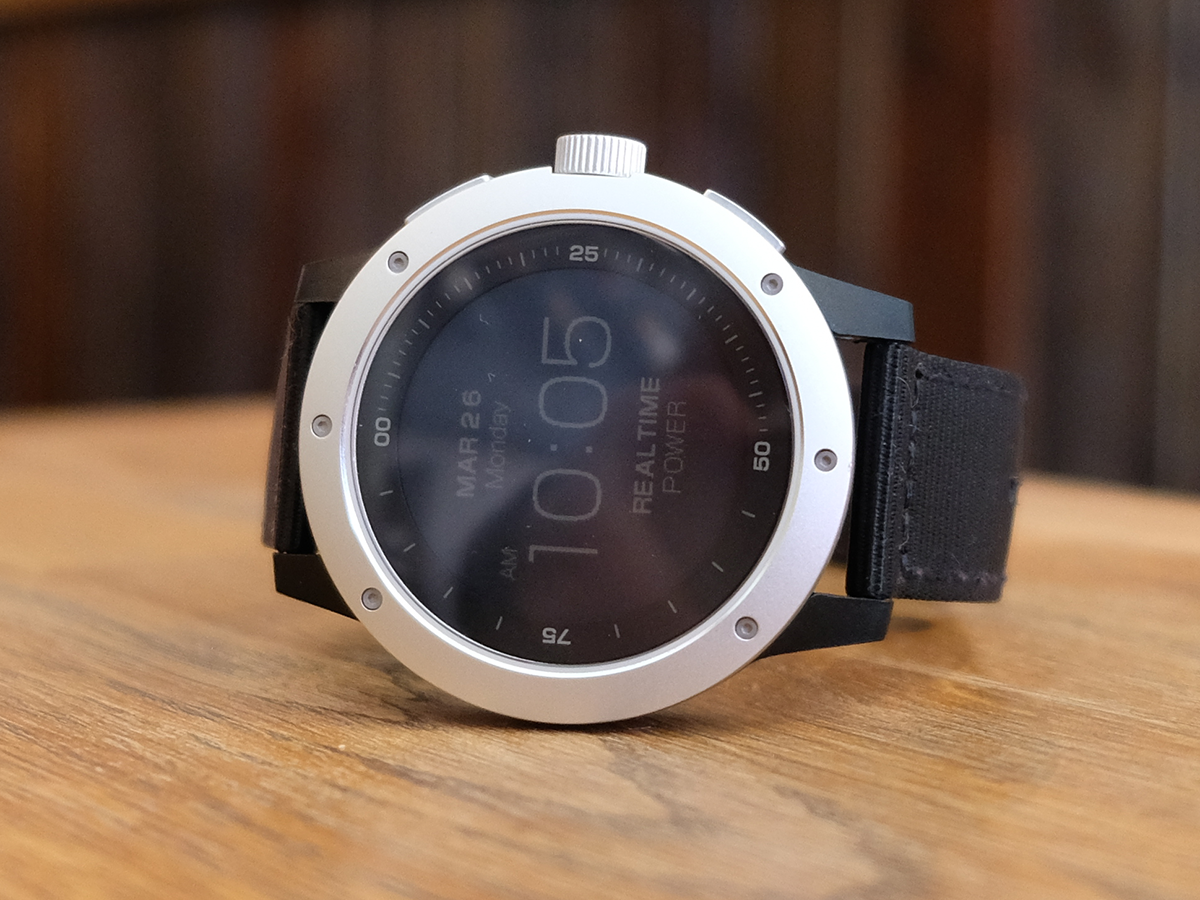
The headline act for the PowerWatch is unquestionably the ability to thrive solely on your body heat. It was refreshing to not have to worry about a draining battery bar.
Otherwise, the positives stop there. The design is ugly and cumbersome, while the only worthwhile fitness features are step counting and sleep tracking – both of which you can get from the most basic of trackers.
The biggest kicker of all though is the price. At $199 it’s ridiculously pricey for what it offers. To put things in perspective the upcoming Fitbit Versa will retail for an almost-identical figure, yet features a heart-rate sensor, GPS, on-board music storage, NFC payments and smart notifications to boot. Side by side, the PowerWatch just looks embarrassing.
There’s no surprise, then, that we wouldn’t recommend you ditching your Fitbit or Garmin for this tracker. Still, as a concept to demonstrate its awesome thermoelectric powers, we can’t help but get excited.
Stuff Says…
As a proof of concept for body heat-powered tech, the PowerWatch delivers. But as a viable option for your wrist, you’re best looking elsewhere
Good Stuff
Never requires you to charge it
Covers the bare essentials with step counting and 50m water resistance
Bad Stuff
Uncomfortable and bulky design
Has limited functionality for the price
No compatabiltiy with third-party apps
